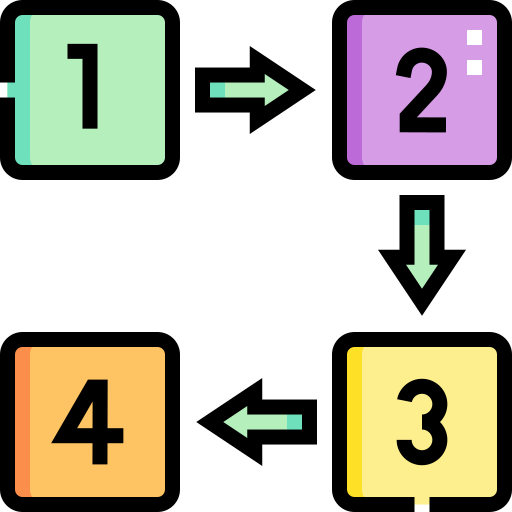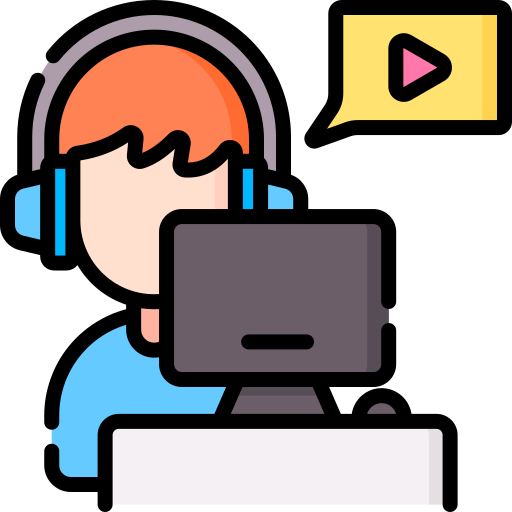Have you ever started a course or a lesson and immediately been confused about what you were meant to be learning?

Perhaps you recall sitting through hours of content delivery you were meant to retain without any context?

An effective design can help both teachers and students avoid lessons that lack relevance or are full of content delivered to passive learners.
To quickly and consistently engage learners regardless of the topic, try the CCAF model!
What is the CCAF Model for Learning?
CCAFstands for context, challenge, activity, and feedback.

This 4-step approach shifts focus from organizing and presenting content to a focus on the experience of learning through doing.

CCAF uses the 3 M's to design and deliver lessons that are:
meaningful
memorable
motivational
Step 1: Context
Context puts the learner to work right away and avoids a list of learning objectives.

In Practice
Learners are thrust into a relevant scenario and given information to focus their attention.
Context provides a real-life situation that will be meaningful to the learner.
 Example
Example
For a lesson on time management for kichen staff, you might begin by saying:
Imagine you're a cook at a brunch restaurant, and you've just been given 6 new orders all at once.
Step 2: Challenge
Now that learners have a context, immediately put them "at risk" in a simulated scenario.

In Practice
Too little challenge won't keep learners active, engaged, and excited.
Too much challenge can frustrate and discourage learners.

The Perfect Level of Challenge
Ses incremental goals.
Focus on skills development,not competition.
 Example
Example
For the lesson on time management in the kitchen, this step could ask learners to:
Make a list of high, medium, and low priority tasks to start cooking these 6 brunch orders.
Step 3: Activity
Here is where learners get to respond to the challenge and activate their knowledge and understanding.
 Photo by Vaibhav Jadhav on Unsplash
Photo by Vaibhav Jadhav on UnsplashIn Practice
An authentic activity requires similar competency to real-life situations.
Authenticity helps learners build confidence.

Example
Create a virtual simulation of a kitchen and ask learners to navigate it as they successfully cook their orders.
Step 4: Feedback
The final step is where more traditional elements of teaching occur.

In Practice
Delivery of content happens alongside feedback after learners have faced a challenge and taken action.

The 3 Types of Feedback
Judgemental: provides immediate feedback (right/wrong)
Explanatory: shares why actions were correct/incorrect
Consequence-based: has learners feel real-world consequences and provides memorable feedback — CCAF uses this approach
Example
Share how the brunch simulation was based on a real scenario and include strategies used by chefs in this situation.
Quiz
Your student was able to complete some, but not all, of the brunch orders during the activity. What would be the most effective type of feedback to help them improve their time management?
Quiz: Getting Started

Imagine you're teaching a first-aid course. You start by describing a scenario:
A man is lying on the ground outside an open car door. The car has hit a tree. There's blood on the ground, and a few people are milling about, unsure what to do.
Quiz
Aligned with the CCAF Model, what best follows this description?
Take Action

Your feedback matters to us.
This Byte helped me better understand the topic.
